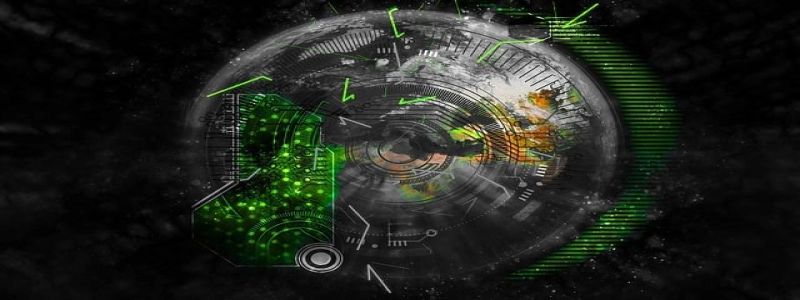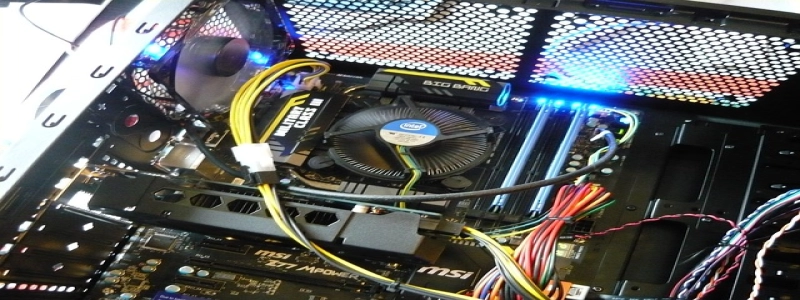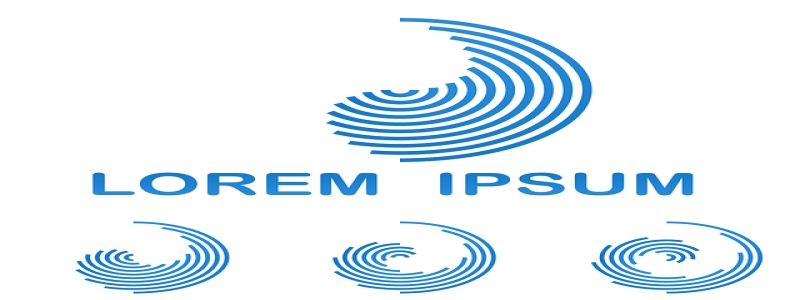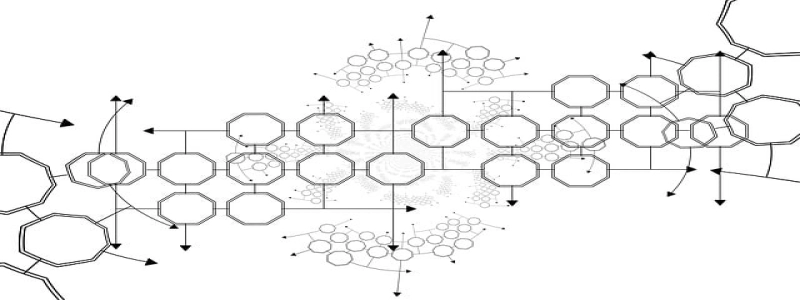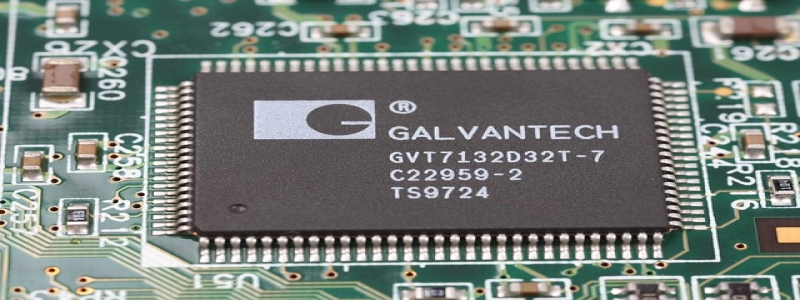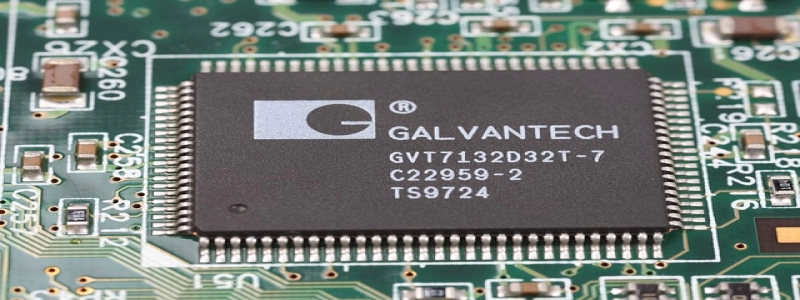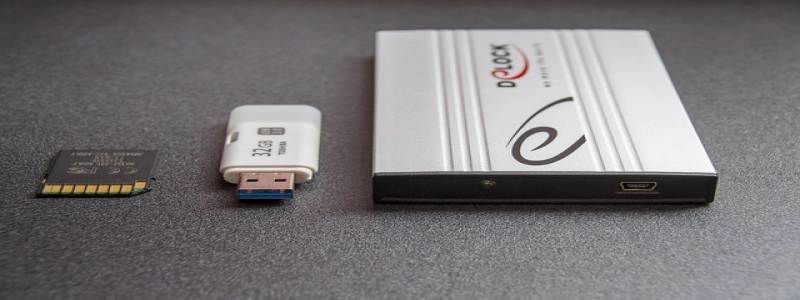Ethernet to Coax: Bridging the Gap Between Modern Connectivity and Legacy Infrastructure
Introduction:
In the era of advanced digital communication, Ethernet has emerged as the primary medium for networking and internet access. However, many buildings and homes still rely on legacy coaxial cable infrastructure. To bridge the gap between modern connectivity and existing infrastructure, Ethernet to coax converters have become essential devices. In this article, we will explore the concept of Ethernet to coax conversion and its applications in various scenarios.
I. Understanding Ethernet to Coax Conversion:
1.1 What is Ethernet to Coax Conversion?
Ethernet to coax conversion refers to the process of converting Ethernet signals into signals compatible with coaxial cable infrastructure. By doing so, users can leverage existing coaxial cables to transmit Ethernet signals and establish network connections.
1.2 How Does Ethernet to Coax Conversion Work?
Ethernet to coax conversion is achieved through the use of specialized devices called Ethernet to coax converters. These devices typically consist of an Ethernet port and a coaxial port. The Ethernet port connects to the Ethernet network, while the coaxial port connects to a coaxial cable. The converter converts the Ethernet signals into radio frequency (RF) signals that can be transmitted through the coaxial cables.
II. Advantages of Ethernet to Coax Conversion:
2.1 Utilizing Existing Coaxial Infrastructure:
The primary advantage of Ethernet to coax conversion is the ability to utilize existing coaxial infrastructure. Many older buildings and homes are equipped with coaxial cables that were once used for television or cable connections. Instead of installing new Ethernet cables, Ethernet to coax converters enable users to repurpose these cables for network connectivity.
2.2 Cost-Effective Solution:
Ethernet to coax conversion presents a cost-effective solution for both residential and commercial applications. Rather than undertaking the labor-intensive and costly process of rewiring a building with Ethernet cables, converters allow for the reuse of existing coaxial cabling. This eliminates the need for additional material and installation expenses.
2.3 Extended Network Range:
Coaxial cables have longer transmission distances compared to Ethernet cables. By using Ethernet to coax converters, users can extend their network range without compromising speed or reliability. This makes it ideal for scenarios where a wired network needs to span across large distances.
III. Applications of Ethernet to Coax Conversion:
3.1 Residential Applications:
Ethernet to coax converters are commonly used in residential settings where coaxial cables are already in place. Homeowners can utilize these converters to connect smart devices, gaming consoles, and media centers to their existing coaxial infrastructure, enabling seamless internet access and networking capabilities.
3.2 Commercial Applications:
In commercial environments such as hotels or offices, Ethernet to coax conversion allows for the integration of modern Ethernet-based systems with legacy coaxial infrastructure. This enables the deployment of high-speed internet connections, IP surveillance systems, and other Ethernet-dependent devices without the need for extensive rewiring.
Conclusion:
Ethernet to coax conversion serves as a vital link between modern connectivity and legacy coaxial infrastructure. By repurposing existing coaxial cables, users can seamlessly integrate Ethernet-based systems into buildings with outdated cabling. With its cost-effective solution and extended network range capabilities, Ethernet to coax converters are a valuable asset in both residential and commercial applications.
